
At the age of 66, a retired professor is keeping traditions alive by helping preserve a prominent Arabic musical instrument.
Nazih Ghadban, who hails from a small village in North Bekaa, Lebanon, has been handcrafting the Oud—a short-neck lute-type, pear-shaped, fretless stringed instrument—for the last four decades.
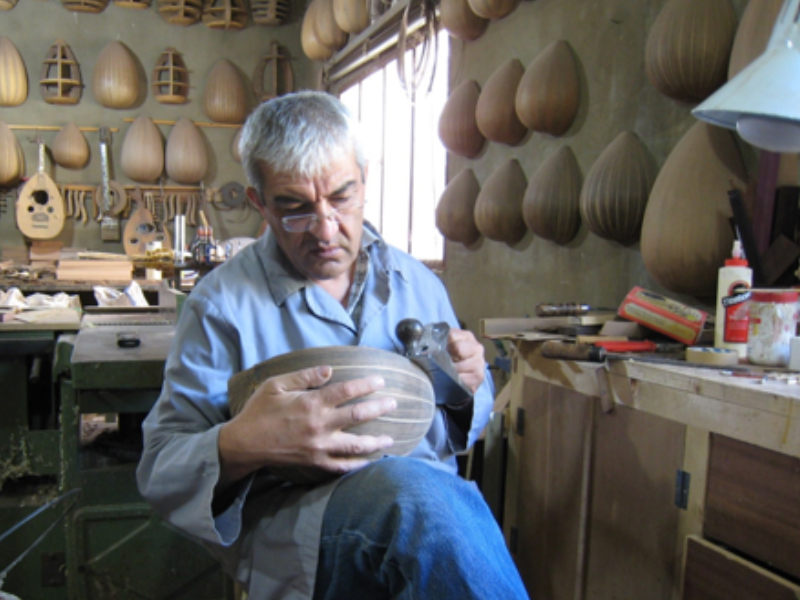
In an email interview with The Epoch Times, Ghadban, who worked in the education sector for 44 years, said that crafting the instrument was not his initial source of income.
“It was a hobby that grew up with me and with time, curiosity, experimenting, and passion, it turns out to be a handicraft that has a lot of lovers in the world and I am very proud of it,” Ghadban said.

One of the top luthiers in the world, Ghadban, who was the youngest of the three sons in his family, had a keen passion for music from an early age. He was only 12 when his interest in learning the Oud developed, as his elder brother was an amateur player. After learning the basics from his brother, Ghadban spent hours training himself when his brother was outside.
As Ghadban was brought up in a family who faced tough economic conditions, his father couldn’t afford to buy a good quality Oud. Therefore, Ghadban decided to build the string instrument himself with support and encouragement from his siblings.
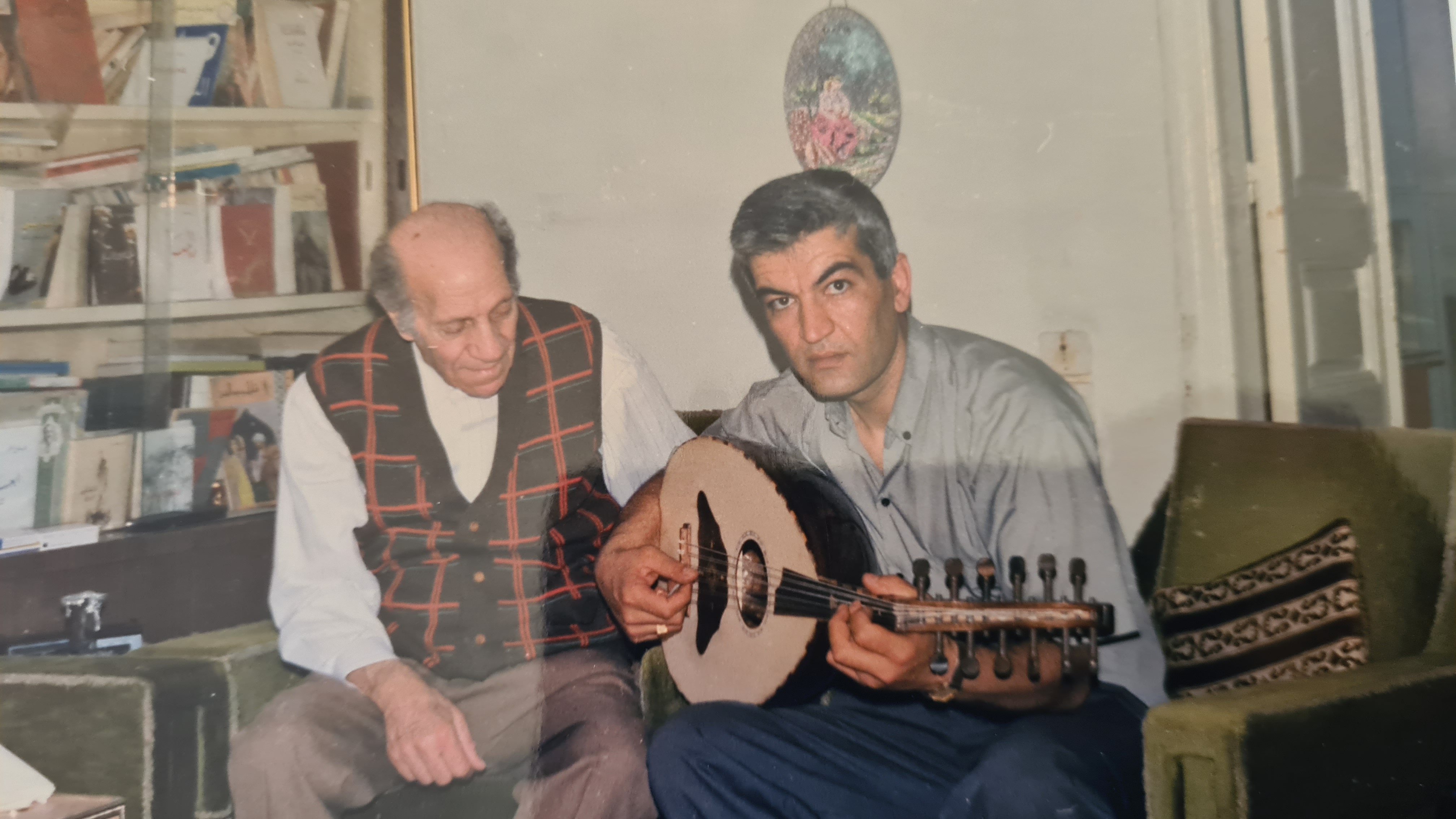
“At the beginning, we used local wood from the nearby farm and the result was not so good, but with some improvement and encouragement, it served the purpose at that time and I was very proud of it,” Ghadban said. “Year after year and Oud after Oud, the quality started improving, it was a long journey full of learning and experiments.”
Due to his interest and dedication in learning music, Ghadban joined a local band, and the members were impressed by his skill. He then participated in many events with them. With a pursuit to learn more and improve his skills, at the age of 18, he went on to get an education in music at the National Conservatory of Beirut, beside also going on to obtain a master’s degree in philosophy from the Lebanese University in 1982.
Through the years, Ghadban worked as a philosophy professor and manufactured the Oud during his spare time. Depending on the design, the talented musician takes anywhere from one week to one month to create the instrument. The Ouds are all made by him single-handedly in his workshop.
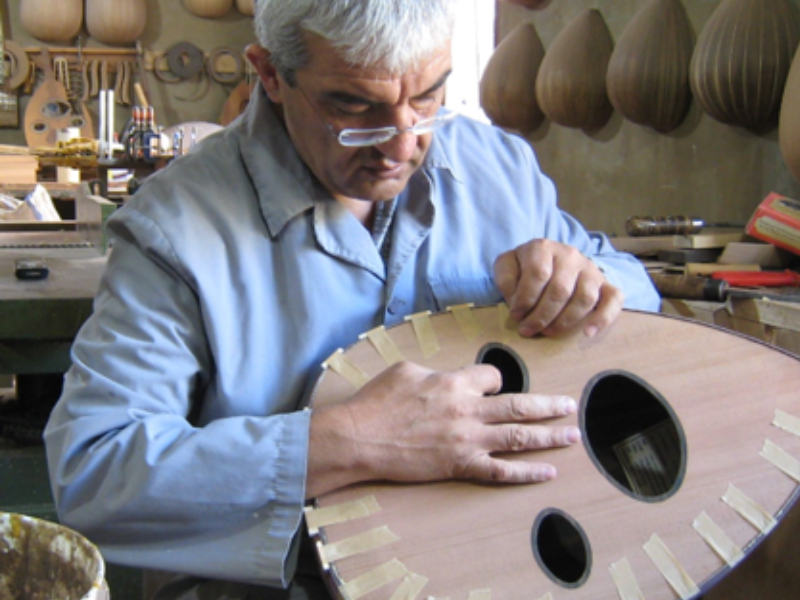
“I am taking care of my ouds from A to Z, and I believe this is the reason behind my success,” Ghadban said. “In my working style, the main focus is on the quality (sound, esthetic, and structure) of the instrument and not on the quantity, as I am trying to build an instrument for life.”
Each Oud created is Ghadban’s labor of love, and each one, according to Ghadban, begins with the selection of the kind of wood and the design of the Oud.
The Oud comprises three main parts, namely: the bowl, the soundboard, and the neck. The neck and the bowl are made up of hardwood such as rosewood, walnut, mahogany, ebony, and maple; whilst the soundboard is made of softwood like pine, spruce, or cedarwood.
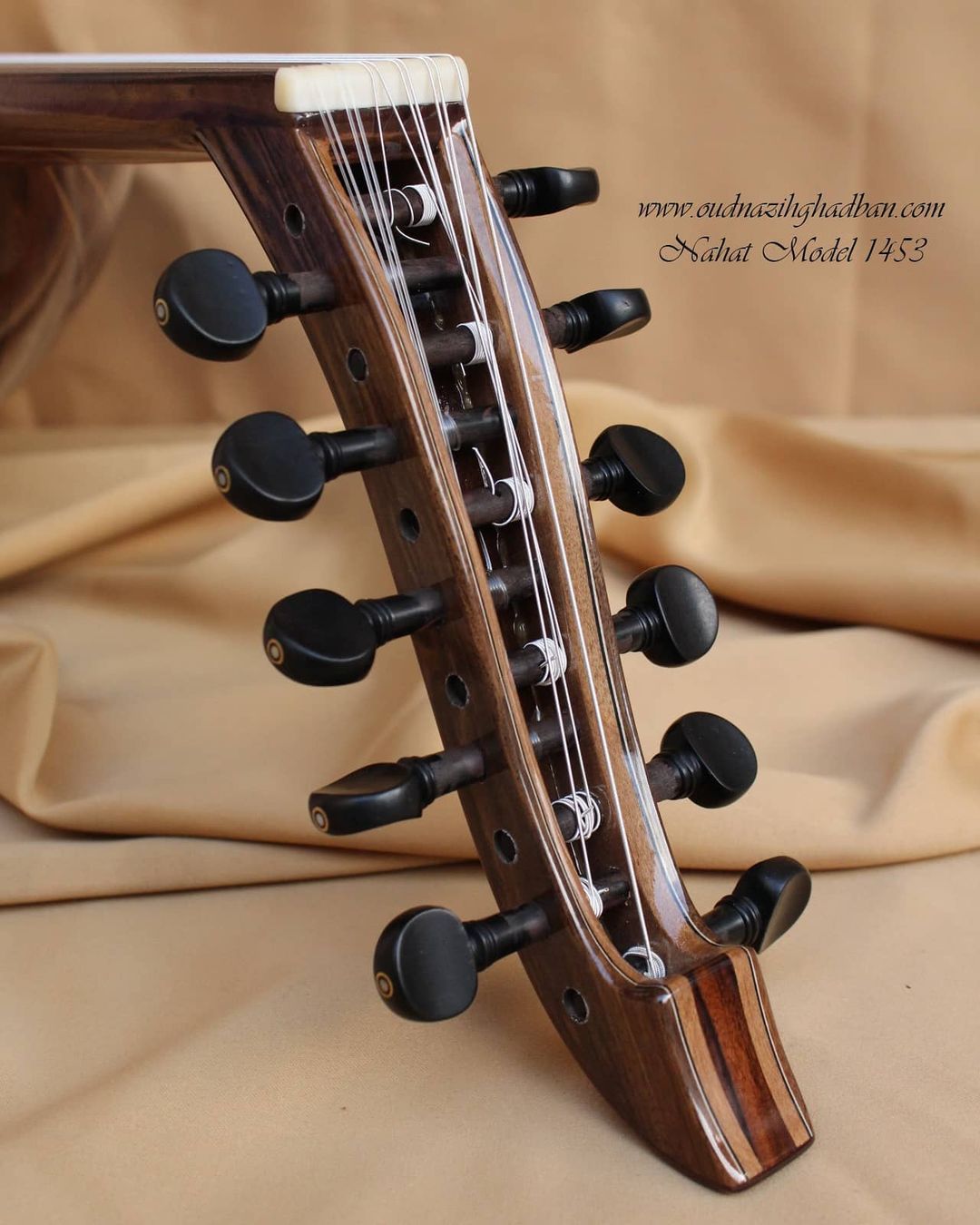
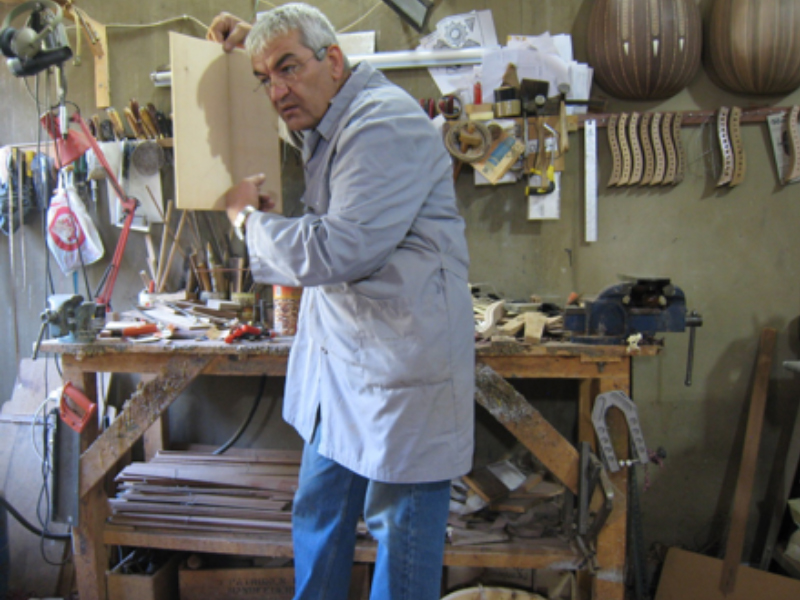
The Oud has played a significant role in the Arabic culture and has appeared in many historic studies. According to Ghadban, its origins go back to 5,000 years ago. “The oud was always there, it witnesses all events; ups and downs in the Arabic culture and that is why it is mentioned in many historic books,” Ghadban shared.
Apart from playing an important role in history, the Oud holds a special place in Ghadban’s heart.
“The oud is my best friend, he accompanied me wherever I went, together we went through many ups and downs and he never let me down. Through him, I express all my feelings, and … he keeps me always busy. He was beside me during sad times and joyful times,” Ghadban expressed.
In return, Ghadban shares he has been doing his bit to preserve this unique piece of art and share it with the world. He has participated in many local and international events and expeditions to places such as Frankfurt, Shanghai, Damas, Doha, Beirut, Cairo, Tunisia, and more.
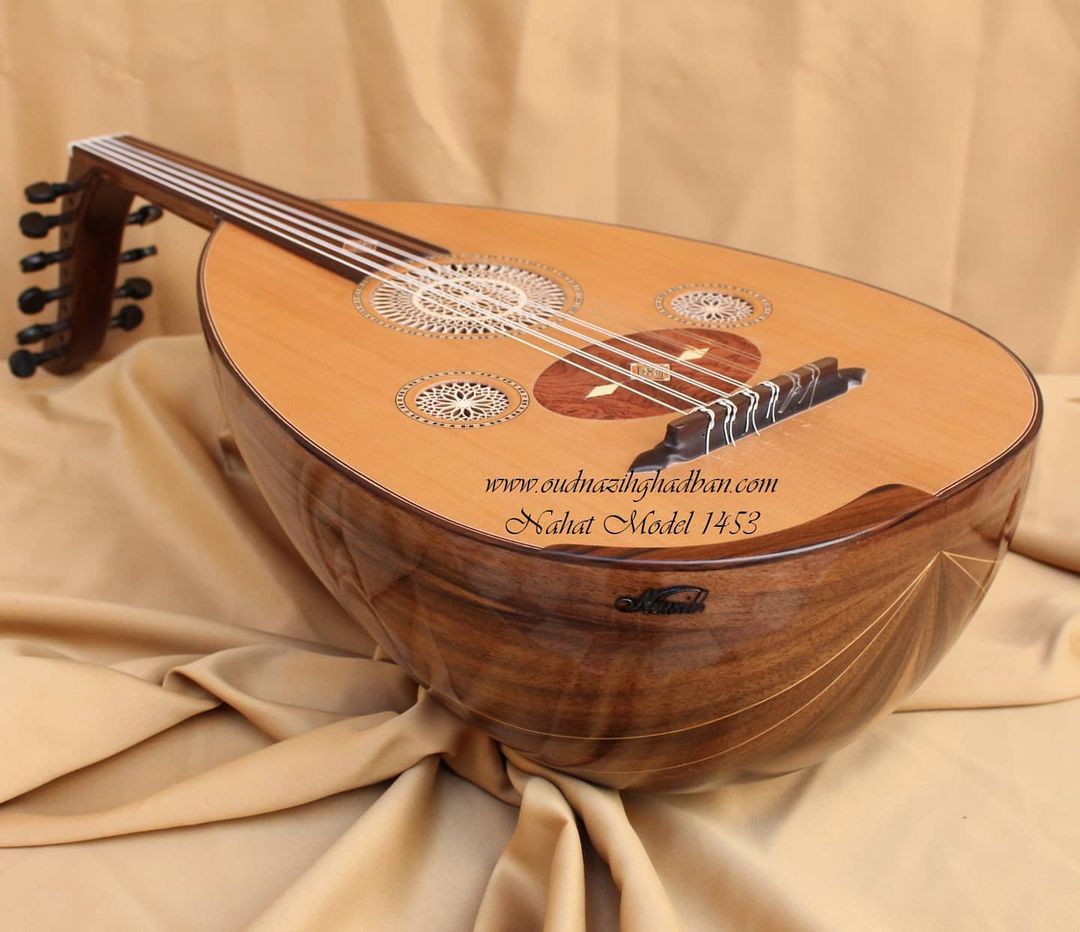
Ghadban admits that about 15 years ago, with the invasion of technological advancement and digital transformation, he was worried about the future of the Oud, as the younger generation would be more inclined to discover “unforeseen boundaries of electrical instruments.” But with time, he has found out that there will always be a big fan base for authentic and traditional instruments.
“I notice a shift toward the Oud by western musicians, especially guitar players, who like to discover new instruments that give them new feelings and unlock their hidden potentials,” Ghadban said.
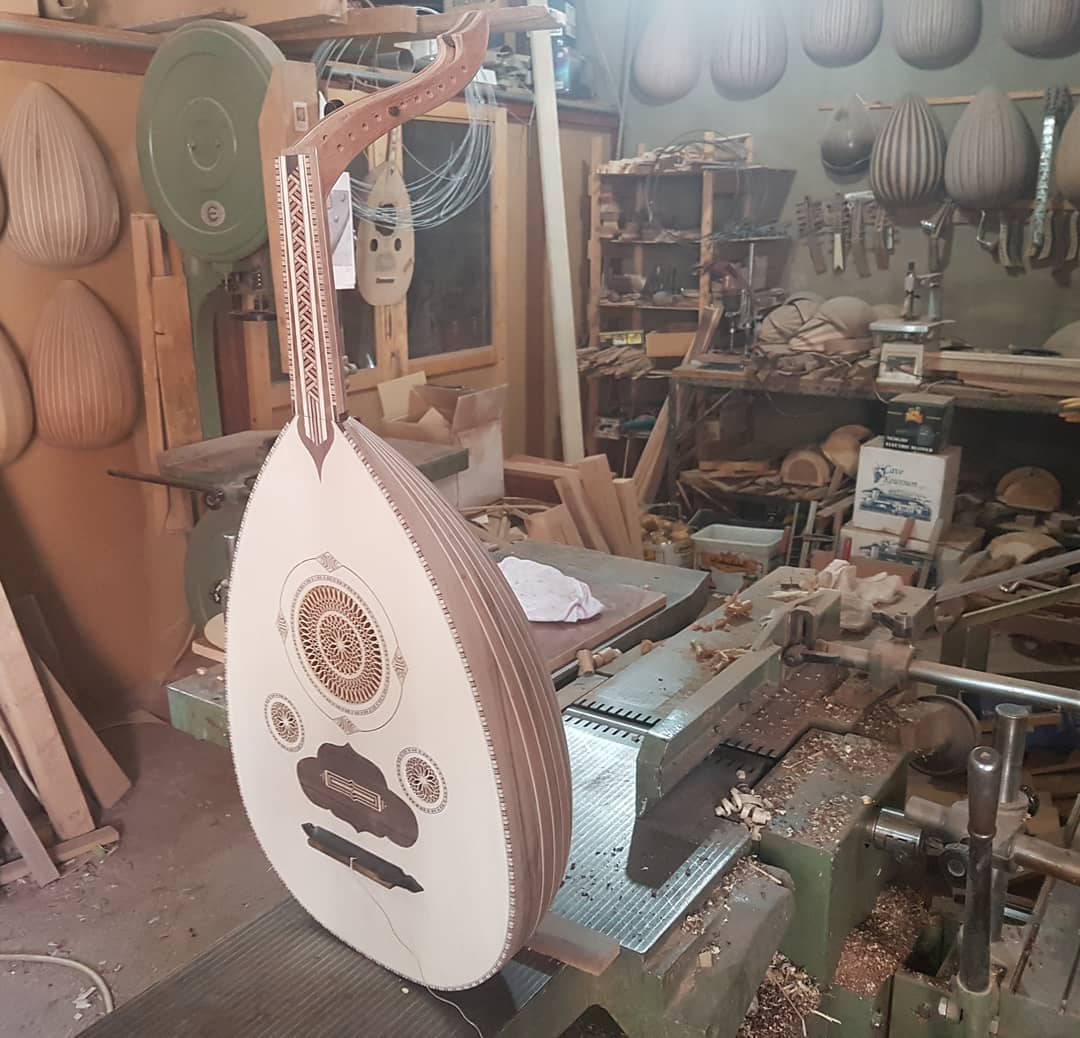
Ghadban explained that the Arabic culture is very rich and at the heart of it lies its music, which plays an important role. Apart from the Oud, Ghadban also sells the Arabic Buzuk—a two-string instrument with a charming sound that also faces the risk of disappearance—on his website.
As the talented artist shares a bit of his tradition with the world, he emphasizes that other countries, too, should be able to preserve their own authentic and traditional instruments, adding “Old is Gold.”
Watch this video:
(Courtesy of Nazih Ghadban)
Share your stories with us at emg.inspired@epochtimes.com, and continue to get your daily dose of inspiration by signing up for the Epoch Inspired Newsletter at TheEpochTimes.com/newsletter



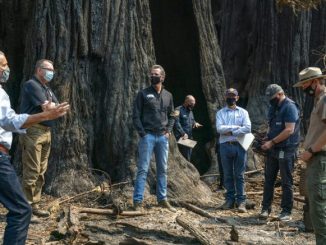


Be the first to comment